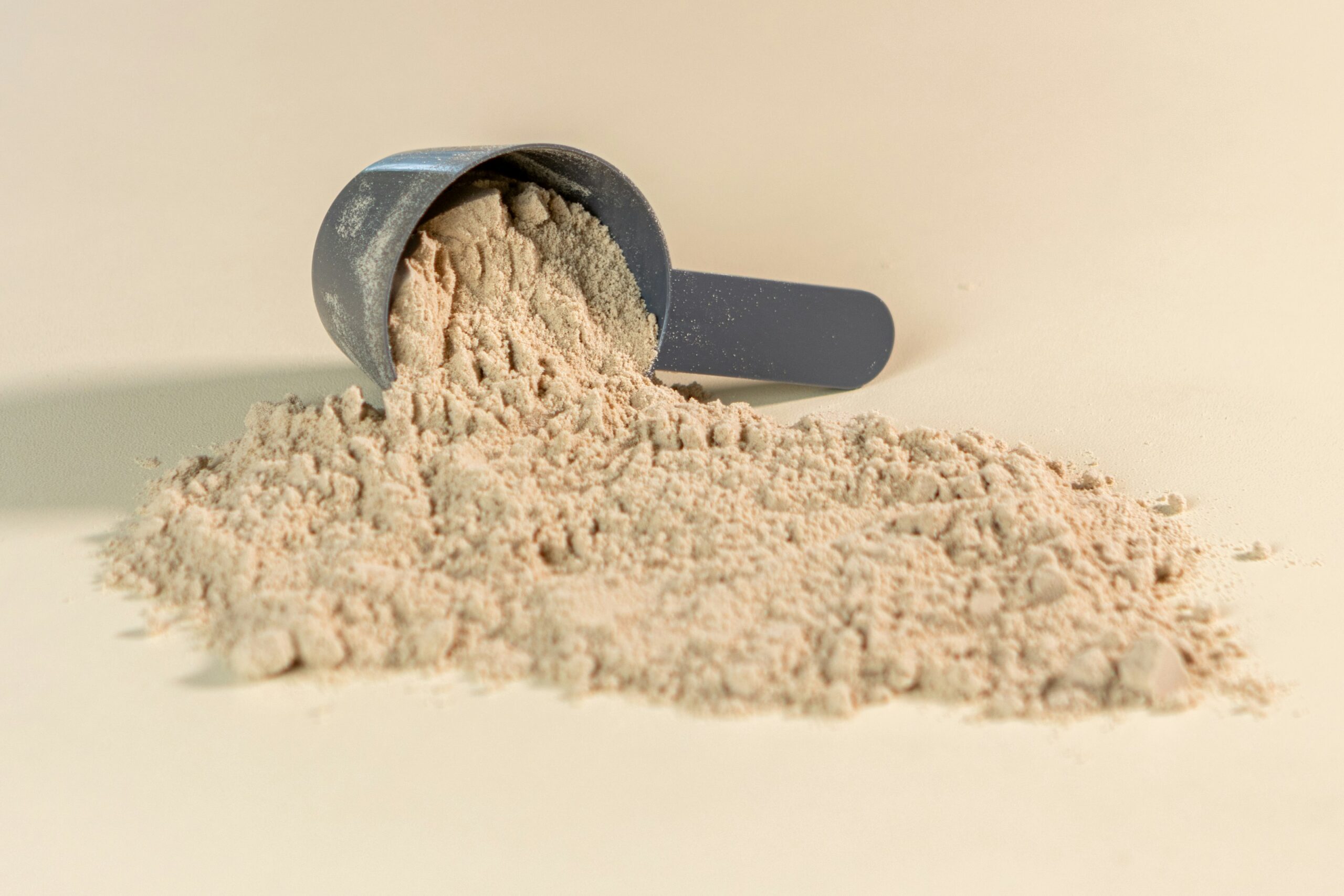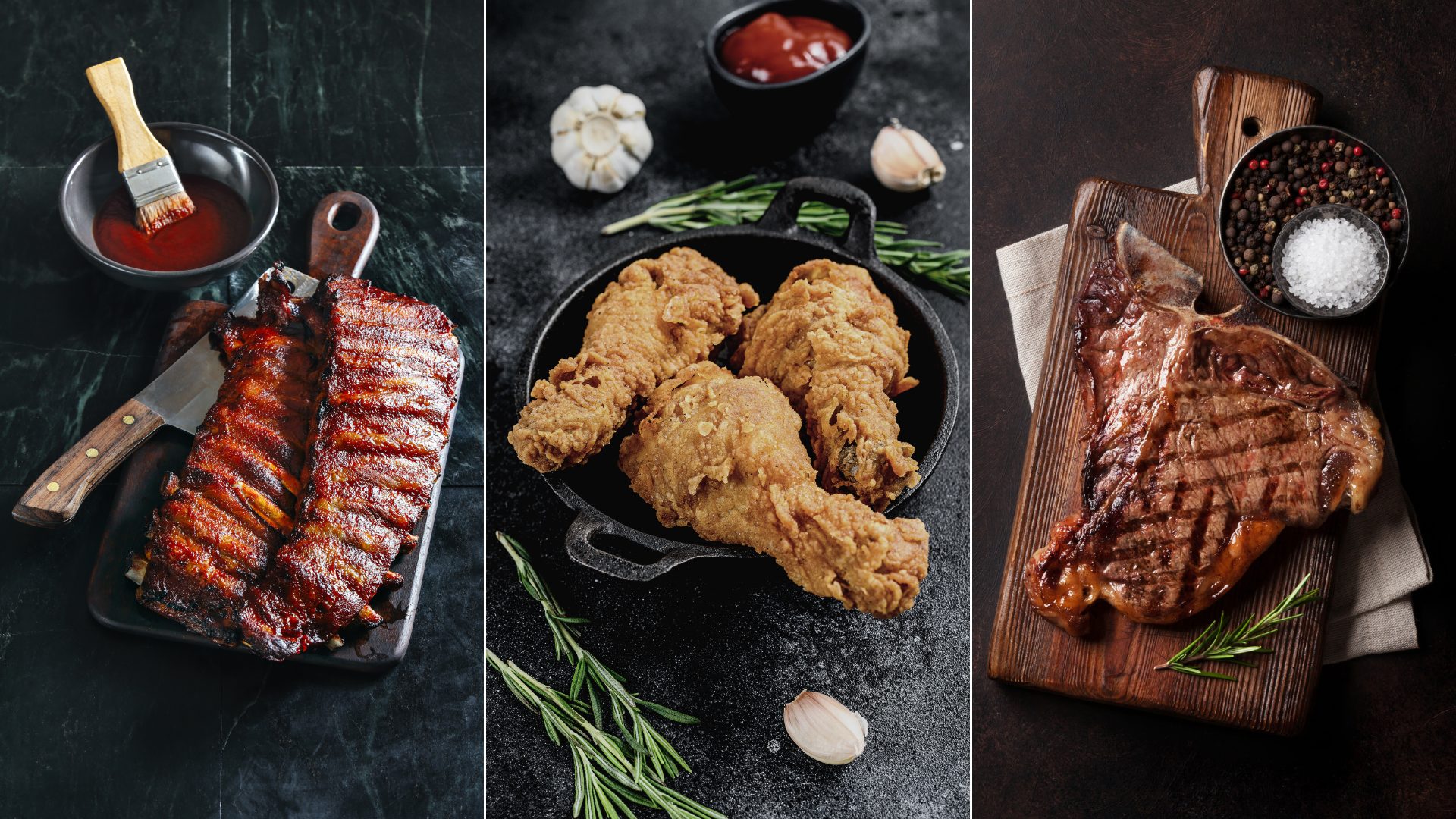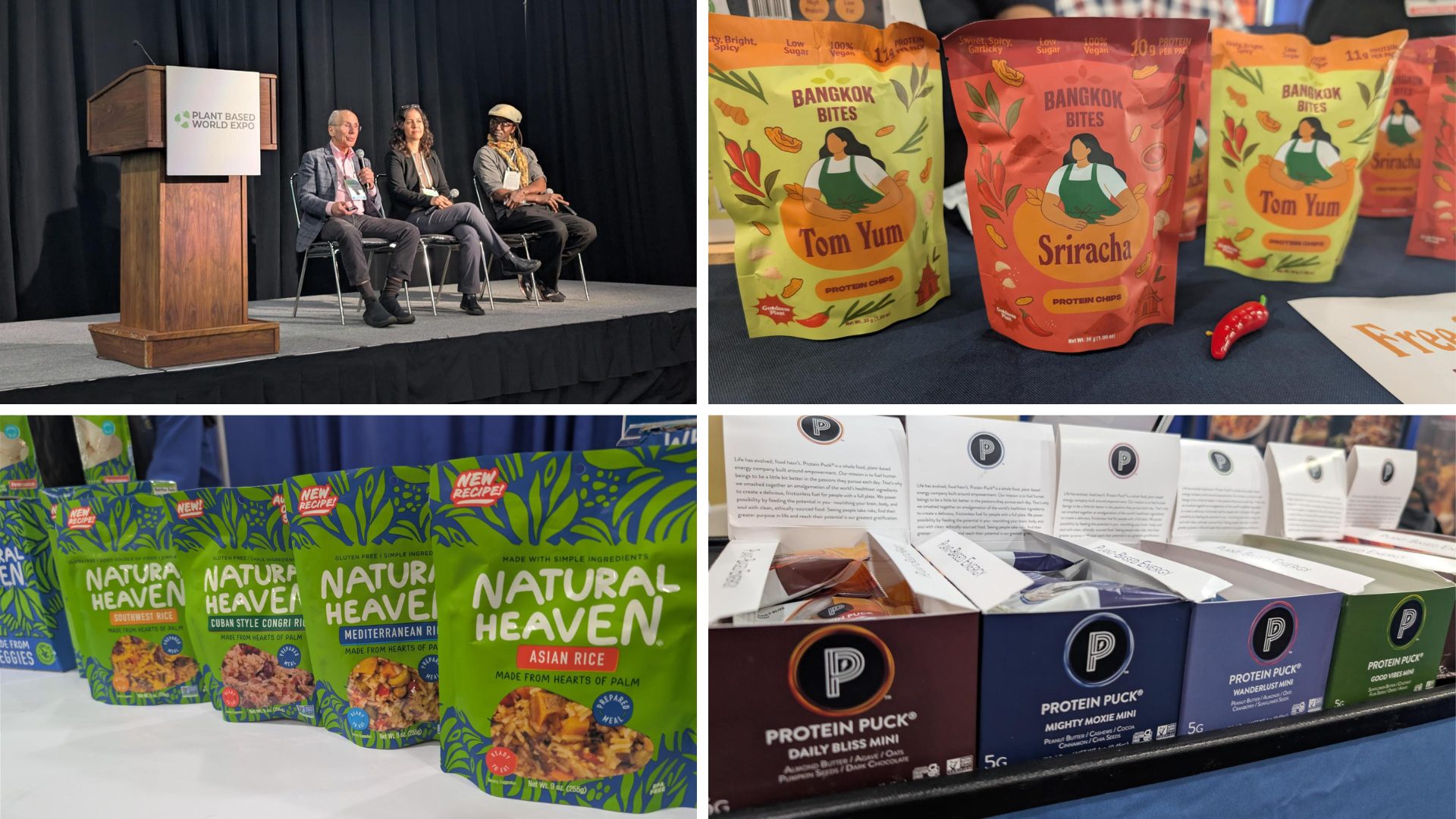In terms of macronutrients, Americans are prone to playing favorites, with protein at the top of the list – and F&B brands have definitely taken notice.
Case in point, Kroger will soon launch 80 new products under its Private Selection and Simple Truth labels, with many of them revolving around protein.
“Earlier this year, we identified protein as a major customer trend,” said Kroger chairman and interim CEO Ron Sargent in a presentation to financial analysts on June 20.
“Targeted directly at this important trend, these products are everything from bars and powders to shakes, all from a natural and organic brand that customers trust,” Sargent added.
The executive also noted that, via the launch, Kroger aims to capitalize on the rising number of shoppers prioritizing health over other factors – especially individuals taking GLP-1 medications, who often seek out protein-rich products to support their goals.
However, many health experts, including registered dietitians and nutritionists, contend that most people who live in developed countries and eat a balanced diet comprising whole foods are already getting enough protein.
The World Health Organization advises that healthy adults should consume about 0.4 grams of protein per pound of body weight each day. To put this in perspective, a person weighing 165 pounds should aim to take in around 60 grams per day.
While protein is essential for all kinds of bodily functions, including muscle growth and repair, most individuals with true protein deficiencies are malnourished and live in developing countries. And while plant-based eaters tend to consume less protein than meat eaters, research reveals their intake is still generally adequate.
To add insult to injury, many protein-enriched products are also filled with artificial and ultra-processed ingredients, suggesting that they may ultimately do more harm than good.
According to Lisa Testa, M.S., chief nutrition officer at Raw Generation, the best way to consume protein is from raw, whole foods. She recommends the following sources.
Dark, Leafy Greens
“Dark greens are the best (and most overlooked) source of usable protein, iron, and calcium. If you are a plant-based eater, incorporating dark greens is imperative. Blending them into smoothies removes the need for synthetic protein powders,” Testa told FI.
“Synthetic protein powders are fractionalized nutrition, whereas dark leafy greens provide a whole food source of protein (including fiber, water, etc.). Also, these powders are often too concentrated in their protein levels and can put undue stress on the liver and kidneys to process them.”
Nuts and Seeds
“Raw nuts and seeds are good sources of protein and healthy fats, but they’re easy to overeat, so it’s best to blend them into dressings or nut milk bases for smoothies. This is how Raw Generation created Protein Boost with 10 grams of protein just from whole foods,” Testa advised.
Beans
“This includes chickpeas, lentils, edamame, and all traditional beans. Some people have difficulties digesting legumes, so they stay away from this healthy source of plant protein. However, blending legumes into a dip (like hummus) breaks down the fiber and therefore makes digestion much easier, which can also help reduce the bloating and gas that sometimes occur after eating beans.”
The Food Institute Podcast
Several economic headwinds indicate the consumer is being financially stretched, but we all need to eat – so what are consumers actually buying at the grocery store? Nik Modi of RBC returns to The Food Institute Podcast to discuss channel differentiation, consumer product selection, and other macro trends.











